The Hawaiian shirt (also known as a “Aloha shirt” in Hawaii) has become an internationally recognized icon of Hawaii. What began as a simple flower print shirt has taken on a life of its own, growing into what we now know as the Hawaiian shirt over the decades. Hawaiian shirt fashion has grown with other fashion trends since its humble origins in the 1930s. Hawaiian shirts and other Hawaiian apparel come in a variety of styles. Hawaiian shirt, your very own Hawaiian shirt Wiki, has some intriguing facts about the history of Aloha shirts that you might not know.
EARLY HAWAIIAN CLOTHES – Georgia Bulldogs Football Team Hawaiian Shirt
Natural Hawaiians made their clothing from native plants and trees before the introduction of woven fabrics from China, Japan, and the West. Men wore a malo, or loincloth, fashioned from tapa cloth derived from the inner bark of wauke trees. As you can expect, that type of fabric has a very different look and feel from the rayon or cotton used in most modern Hawaiian shirts. Traditional Hawaiian ladies wore a pau skirt, which resembled a hula skirt. This sort of skirt can still be found at novelty shops and during Hawaiian luaus nowadays.
TAPA FOR EVERY OCCASION
Tapa was a robust, long-lasting, and versatile material. It was good for clothes and as a floor covering. It was also simple to adorn because it was composed of plants and had a very flat surface. Tapa cloth was the artist’s canvas throughout Polynesia, and individuals hand-painted their tapa creations with gorgeous colors and wonderful designs, gaining inspiration from the natural world. Tapa cloth frequently depicted plant life, notably tropical flowers and lush green leaves. These magnificent Polynesian tapa prints are the source of today’s vibrant, colorful patterns on Hawaiian shirts and outfits.
THE ALL-TIME FAVORITE PALAKA SHIRT
The Hawaiian Islands grew into a dominant plantation economy in the late 19th and early 20th centuries, exporting sugar, pineapple, and coffee all over the world. Plantation workers required a tough shirt that could withstand hard labor in the fields as well as Hawaii’s hot, frequently unpredictable weather. The checkered blue and white denim palaka became Hawaii’s typical work shirt within a generation. Palaka Hawaiian shirts and blue denim trousers known as sailor-mokus, which were originally worn by field workers, had practically become the official national costume of Hawaii both on and off the plantation by the early 1930s.
FROM KIMONO TO ONO is a Japanese word that means “from kimono to
Shirts were hand-tailored in the early days of fashion. This might happen in the comfort of one’s own home or at a custom tailor’s business. These stores immediately sprang up all across the islands, especially in plantation towns and Honolulu. Newly accessible fabrics from throughout the world were sold at dry goods stores, including printed silk from Japan, raw silk, batik, and rayon from the United States mainland, and cotton cloth for kimonos and yukatas. Hawaiian history had long been shaped by Asian immigrants, and apparel designs reflected this. Short- and long-sleeved shirts, as well as women’s skirts, were created using pre-printed textiles from China and Japan, and were based on Asian clothing styles. These bright blouses and dresses were the forerunners of today’s Aloha attire. On the islands, we say “ono” to describe something that is pleasantly cool.
THE ORIGINAL HAWAIIAN DESIGNS
Hawaiian apparel producers did not begin producing cloth with a distinctively Hawaiian design until the mid-1930s. Watumull’s East India Store pioneered the Hawaiian print by asking artist Elsie Das to produce fifteen floral designs, laying the groundwork for what we now know as a Hawaiian print. Her lovely hand-painted designs were shipped to Japan, where they were hand-printed onto raw silk and made into clothes.
HOLLYWOOD DREAMS AND SATIN MISTAKES
A Japanese manufacturer once printed a set of her floral designs on thick satin by mistake, according to Hawaiian fabric designer Elsie Das. “In Hollywood, these became popular. Ginger Rogers, Janet Gaynor, and other celebrities bought bolts of the fabric and had’seductive gowns’ created out of it. The upshot was a nationwide hibiscus and ginger craze, with hibiscus and ginger popping up on tablecloths, napkins, and scarves.” William Davenport’s essay “Elsie Das, Artist Designer” appeared on page 9 of Paradise of the Pacific in 1963.
THE ORIGINAL “ALOHA” SHIRT
The phrase “Aloha shirt” may have originated as street slang in the early 1930s to characterize the expanding number of Honolulu tailors’ shirts with Oriental and Hawaiian motifs. Musa-Shiya, the Shirtmaker, was the first to announce the contest “”Honolulu’s Noted Shirt Maker and Kimono Shop. ‘Aloha’ shirts – expertly tailored, attractive designs and bright colors,” according to the Honolulu Advertiser on June 28, 1935. 95 cents and above for ready-made or made-to-order.” According to another source, the name “Aloha shirt” was initially coined by an advertising representative from the Honolulu Advertiser and Ellery Chun, the proprietor of the King-Smith dry goods store. On July 15, 1936, Mr. Chun formally registered his Aloha clothing as a trademark.
HOLLYWOOD HAWAIIAN SHIRTS
Hollywood, like all great trends, had to get involved. Hawaiian attire was well-marketed by movie stars, crooners, and politicians, who helped to push the vibrant designs into the mainstream. In the film From Here to Eternity, Montgomery Cliff, Burt Lancaster, Ernest Borgnine, and Frank Sinatra all donned magnificent Hawaiian shirts. Bing Crosby wore his signature Hawaiian shirt and porkpie hat, while Ginger Rogers wore sensuous satin gowns with Hawaiian motifs. In the 1940s, Betty Grable posed for a promotional pin-up in a stunning Hawaiian-style swimsuit. Tom Selleck’s iconic “Magnum P.I.” Hawaiian shirt, which is currently at the Smithsonian Museum of American History, was popular in the 1980s. Other celebrities and cultural icons, like as Elvis Presley and Jimmy Buffet, also aided in the mainstreaming of Hawaiian shirts.
HAWAIIAN SHIRTS ON THE BORDER
Hawaiian shirts with a border had a unique degree of symmetry that made them particularly appealing. Border Hawaiian shirts were a luxurious item by today’s standards since so much fabric was wasted in their production. The shirts had fantastic designs that were so well-planned that the sleeves, sides, and hems were all the same. Pockets occasionally matched the shirt pattern to a tee’s perfection. And some designs never appeared on the same garment twice. Hawaiian shirts with a border tended to be longer to show off the fabric designs (why you should not tuck in a bottom design shirt). Beautiful sundresses were made using the same tailoring technique. The engineering print Hawaiian shirt is quite similar to the border shirt, with the exception that the engineered shirts’ images are significantly broader, frequently spanning from seam to seam.
Some details about our product – Georgia Bulldogs Football Team Hawaiian Shirt
summer hawaiian beach shirt with short sleeves. Casual/dating/sun beach party/hawaiian/suitable for a wide range of occasions, including Christmas, birthdays, celebrations, and housewarming gifts.
information about the product:
- men designer shirts /good option for summer/men hawaiian shirts print: dye-sublimation printing 100 percent kate silk casual button-down shirts /soft decent regular fit/breathable/good quality/men designer shirts /good choice for summer/men hawaiian shirts
- Machine wash cold, only use non-chlorine bleach when necessary, hang dry, cool iron on reverse side, or dry clean
- 3-6 business days for production
note: Georgia Bulldogs Football Team Hawaiian Shirt
– Because the size is manually measured, please allow for a 1-3 cm fluctuation in dimension.
– Due to differences in monitors and lighting effects, the actual color of the item may differ somewhat from the visual representation.
Our top concern is client happiness. If you are dissatisfied, please contact us so that we can resolve the issue. We wish you a pleasant shopping experience.

Connect us at:
Homepage: Owndesignshirt Store

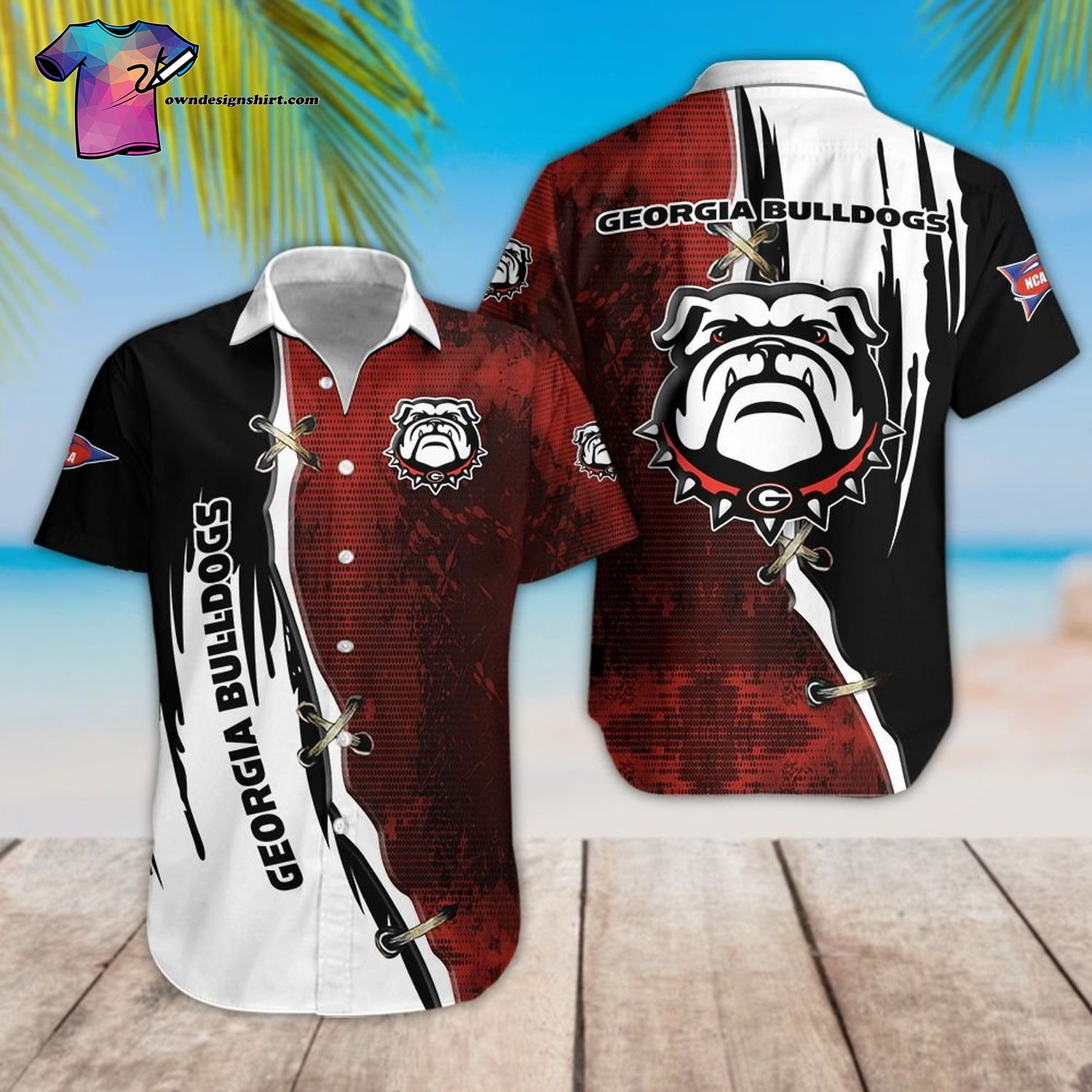

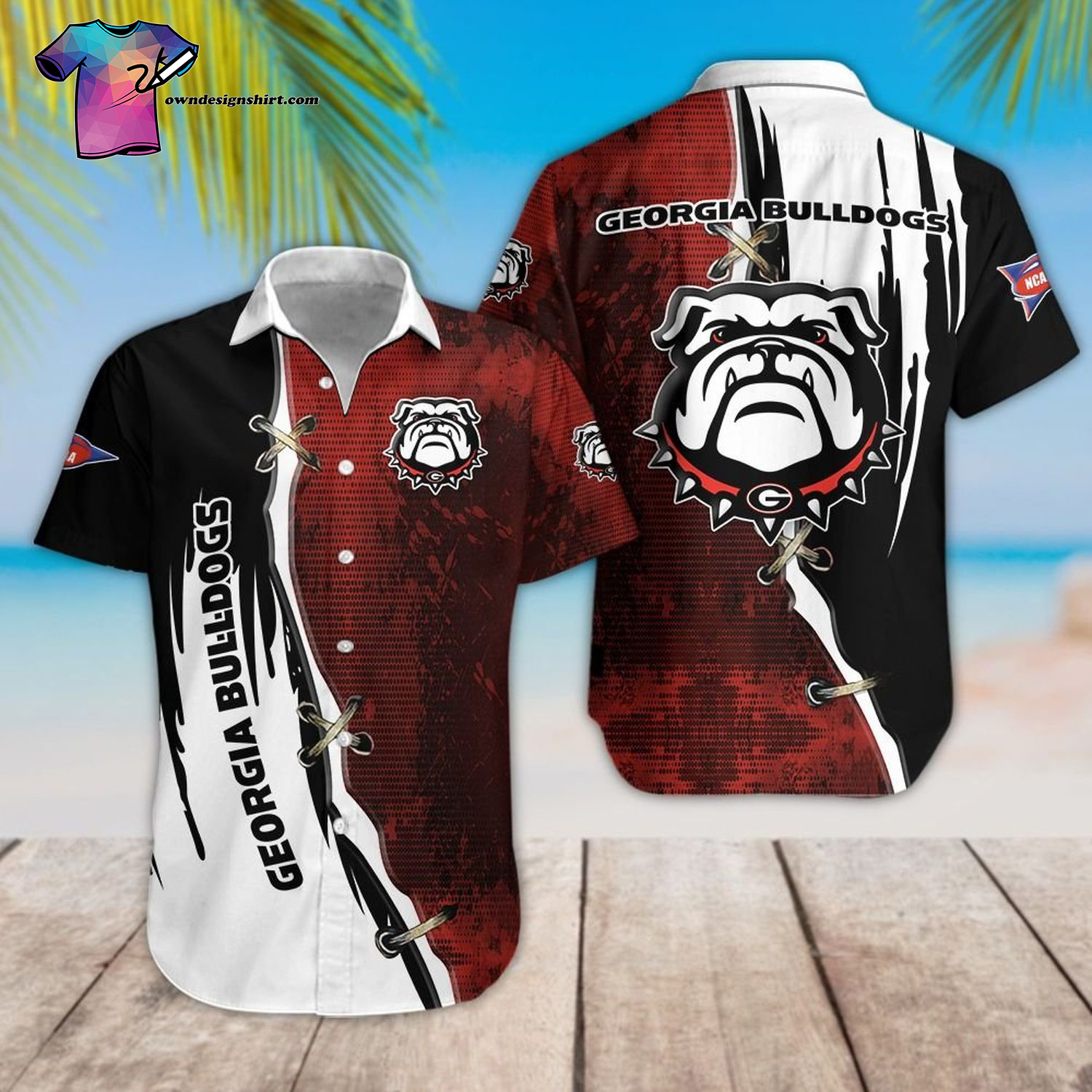
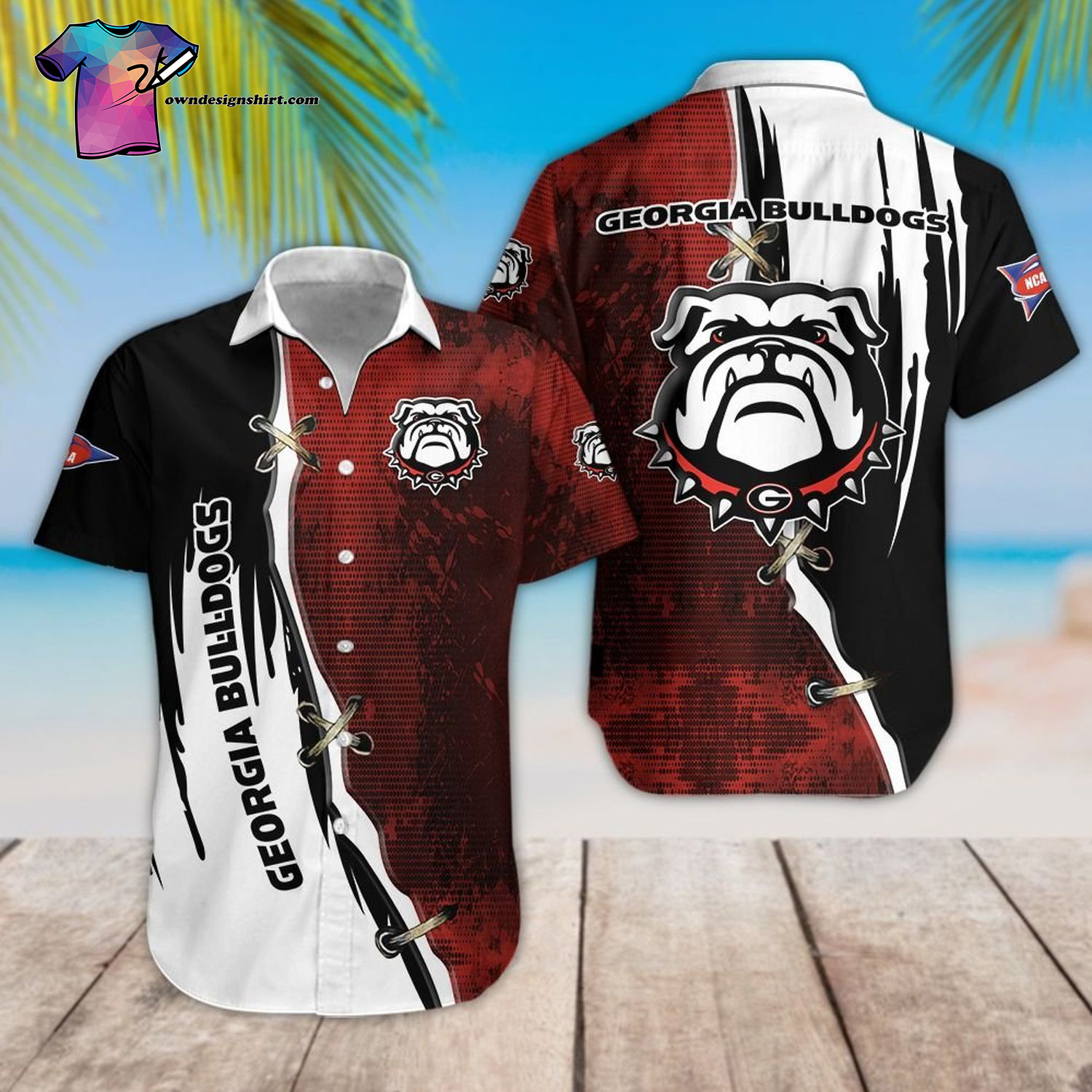
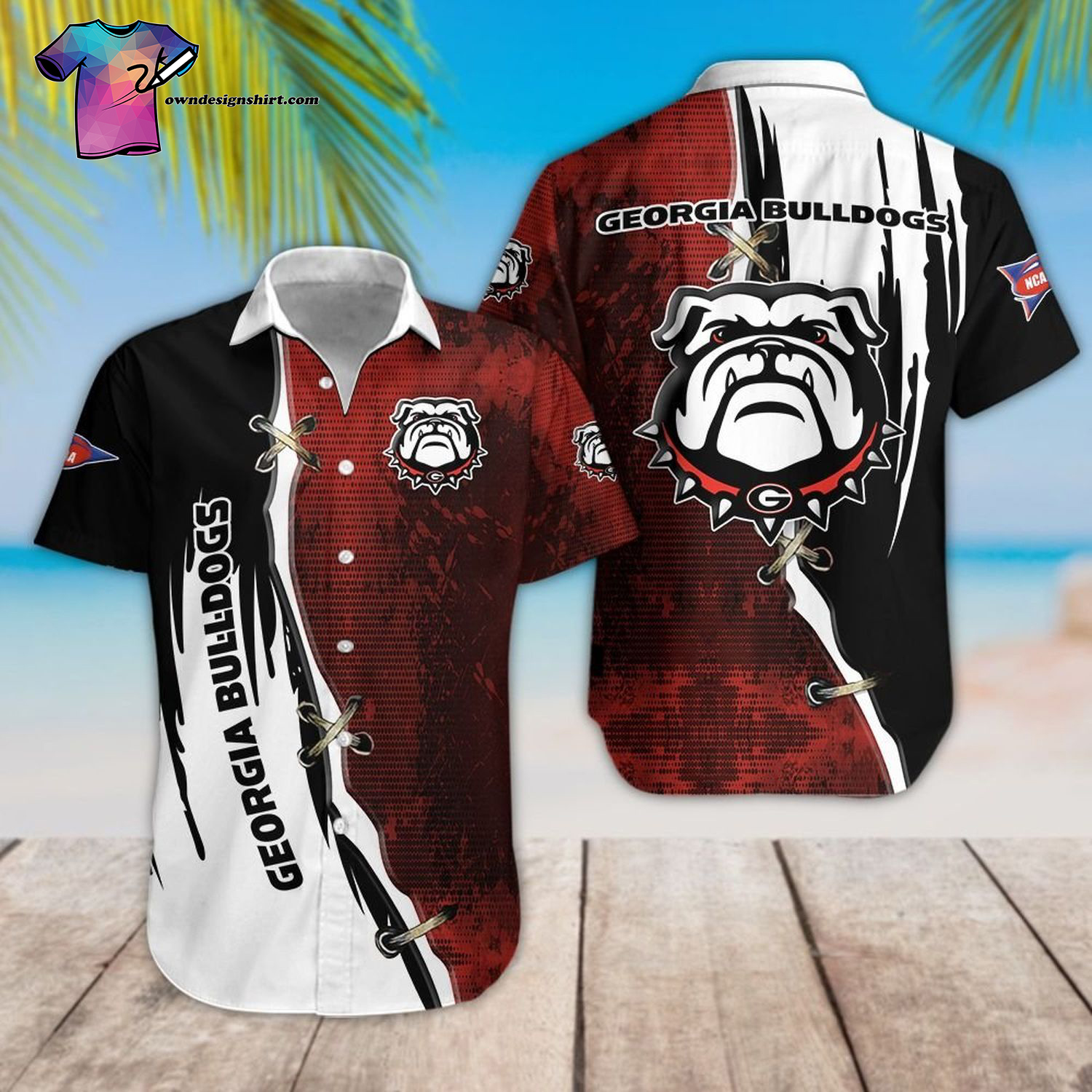
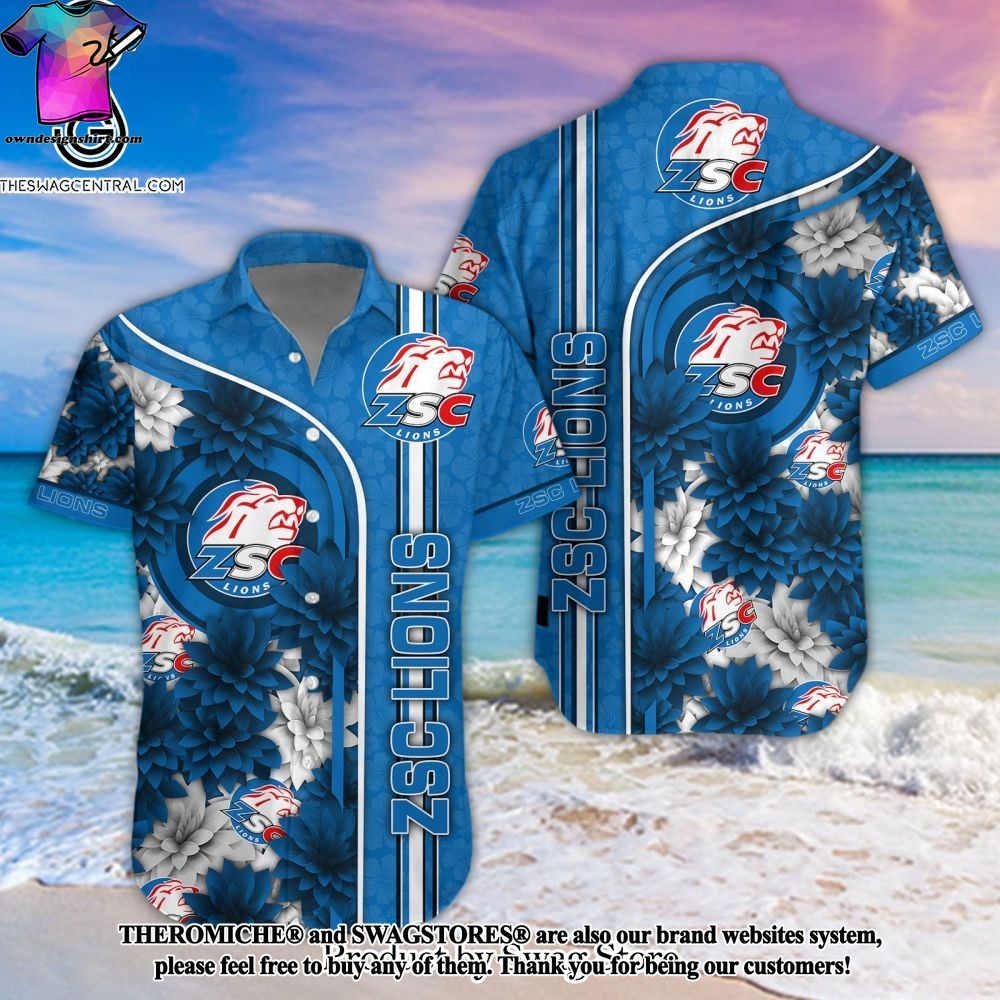
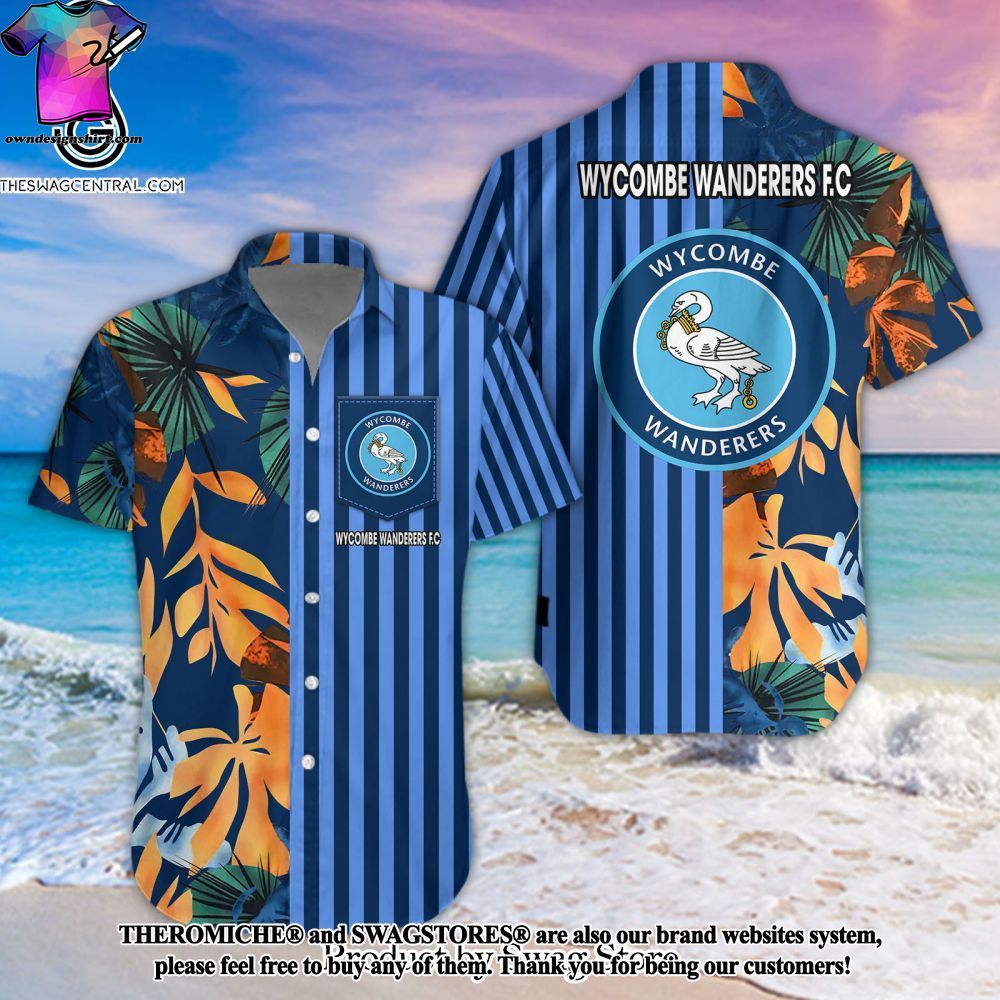
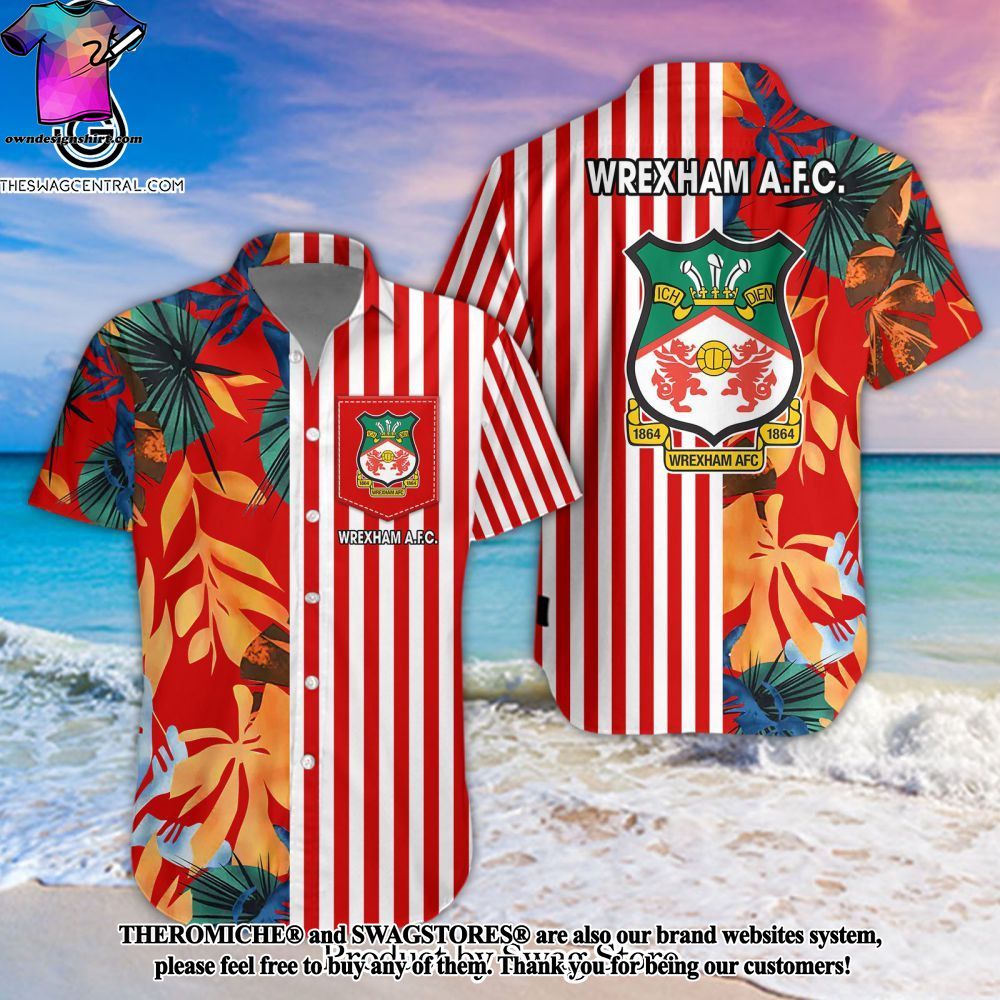
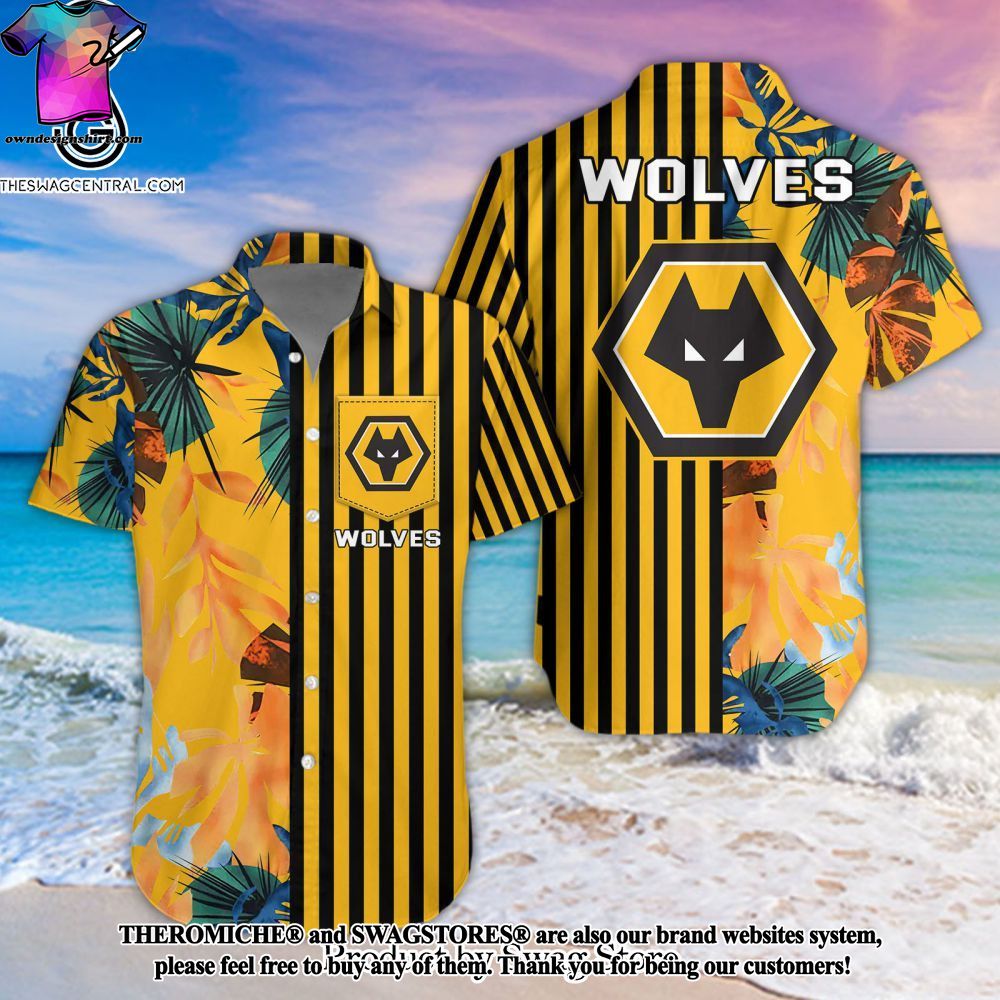

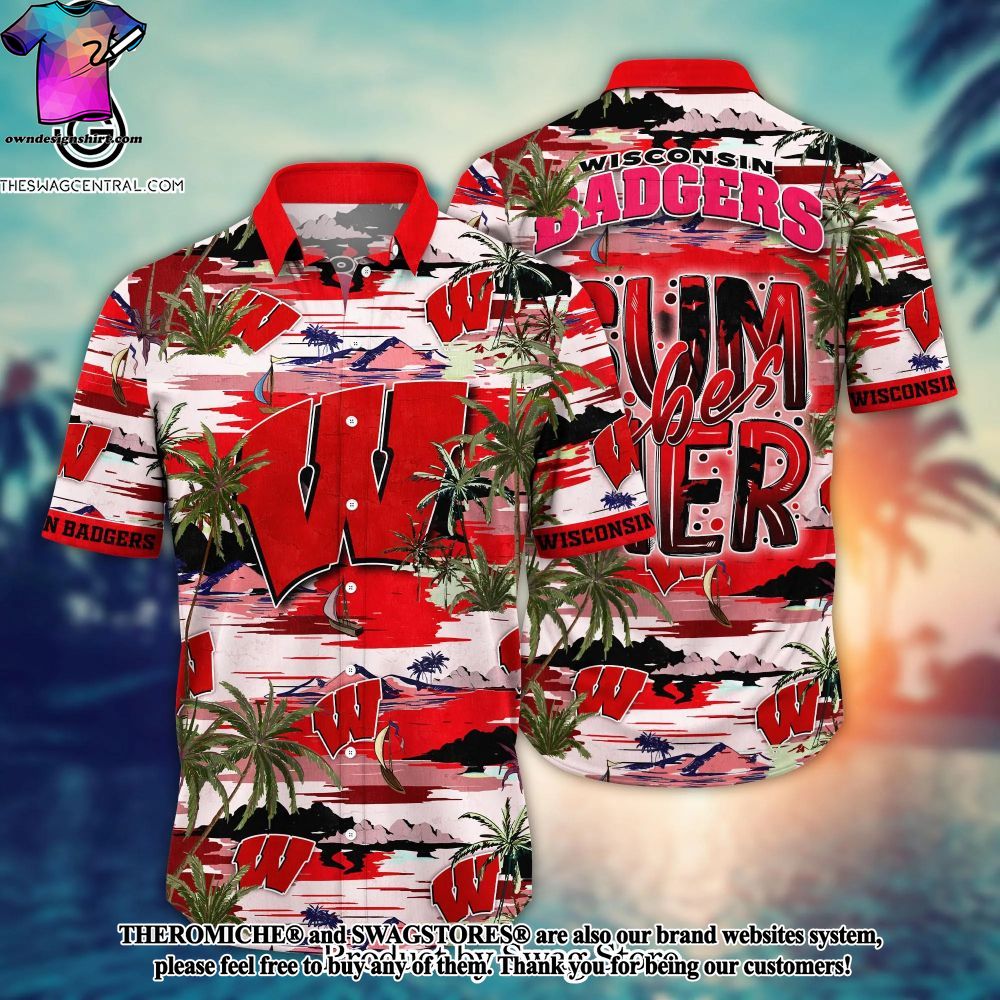
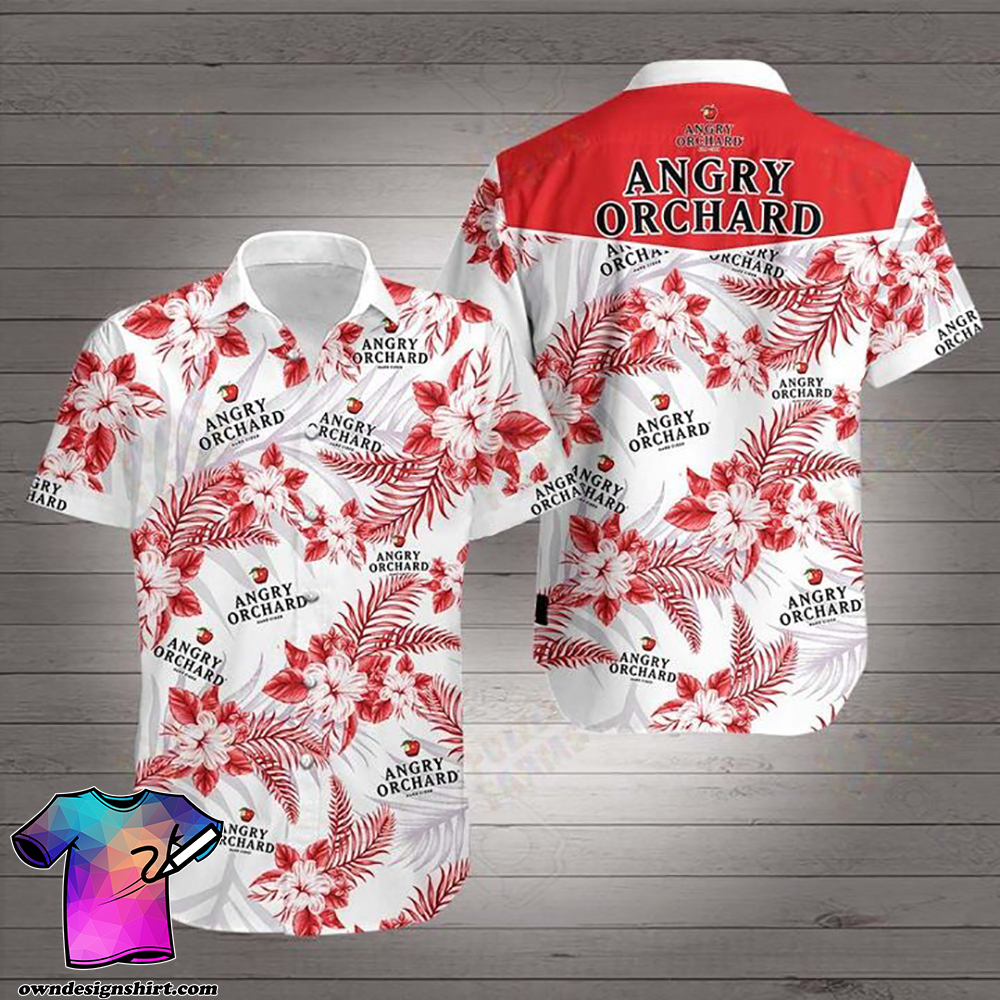
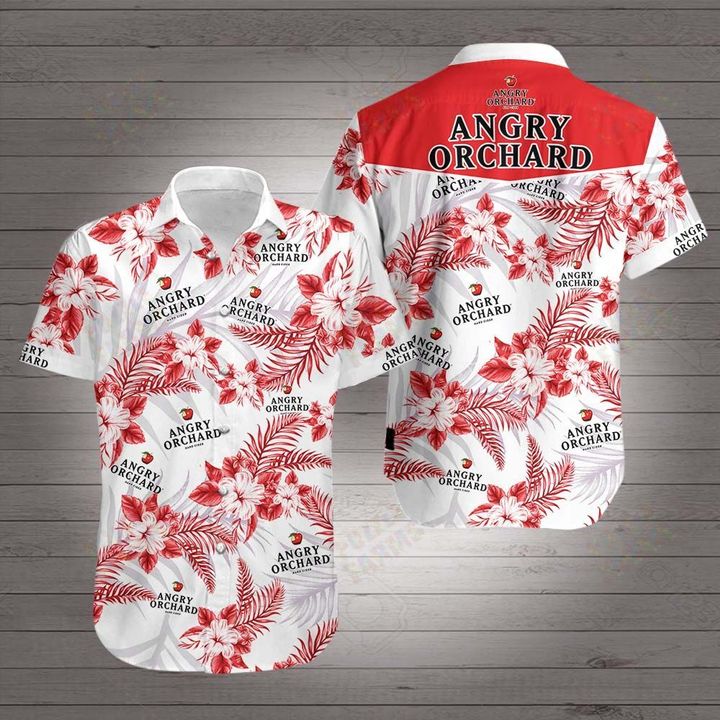
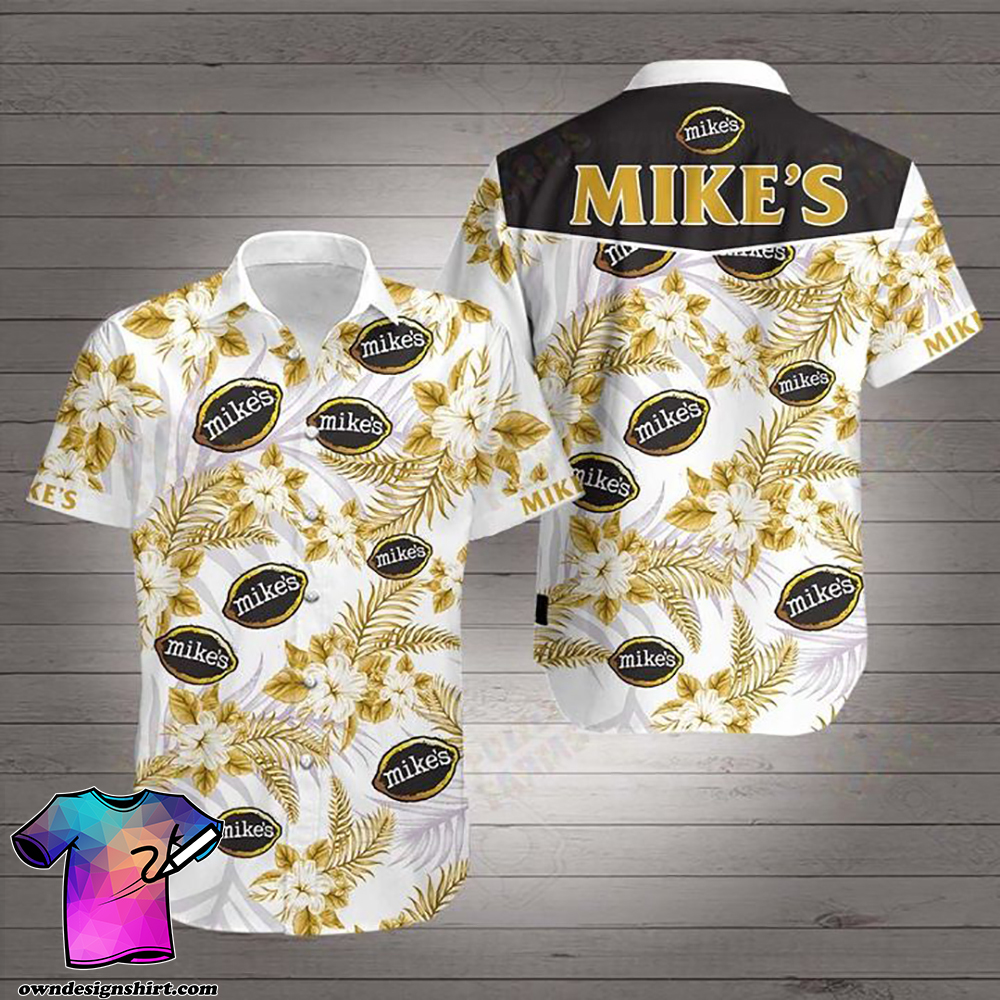
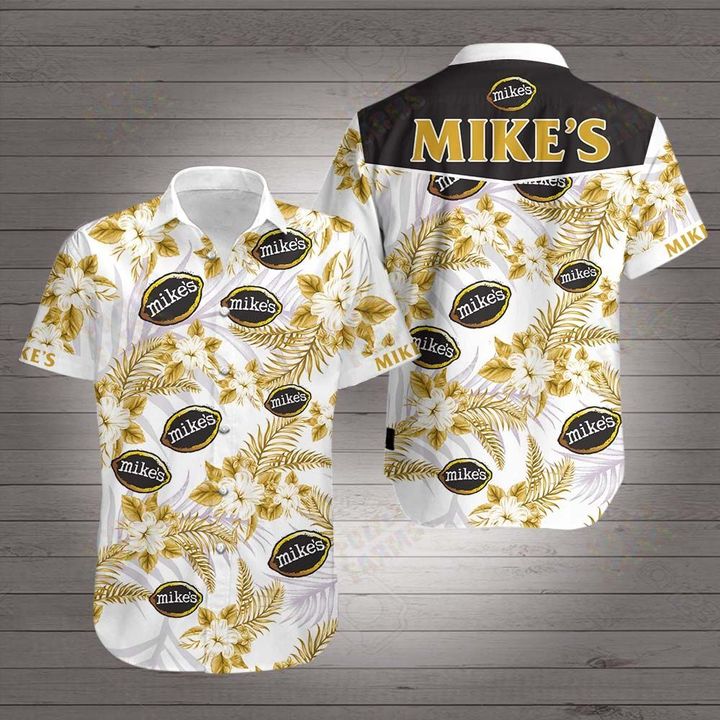
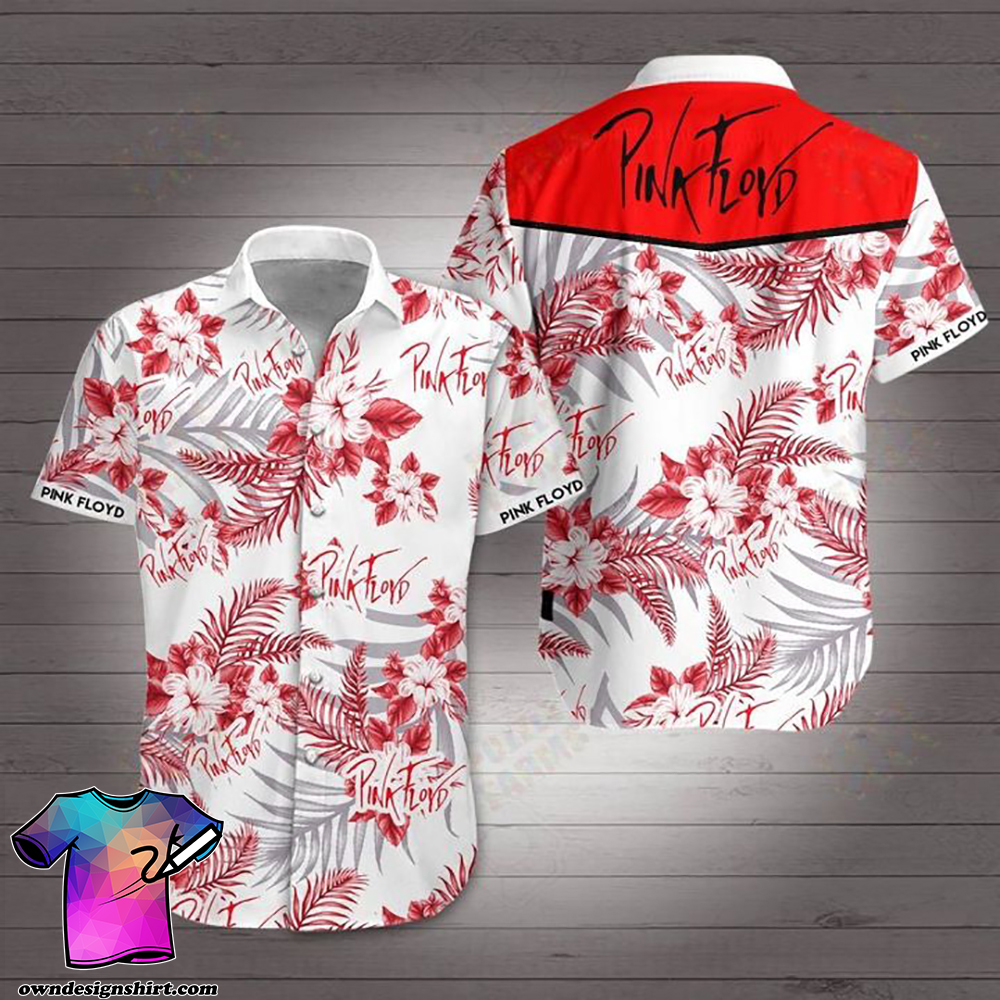
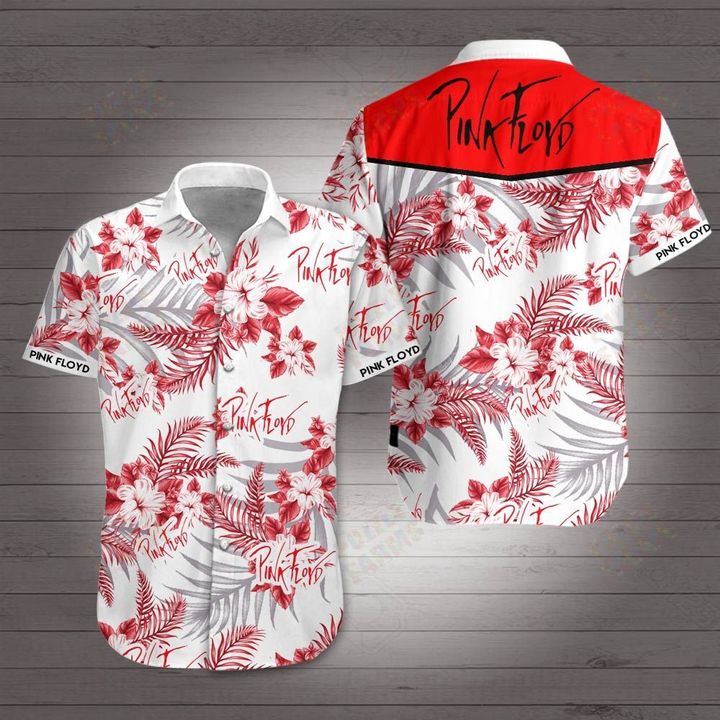
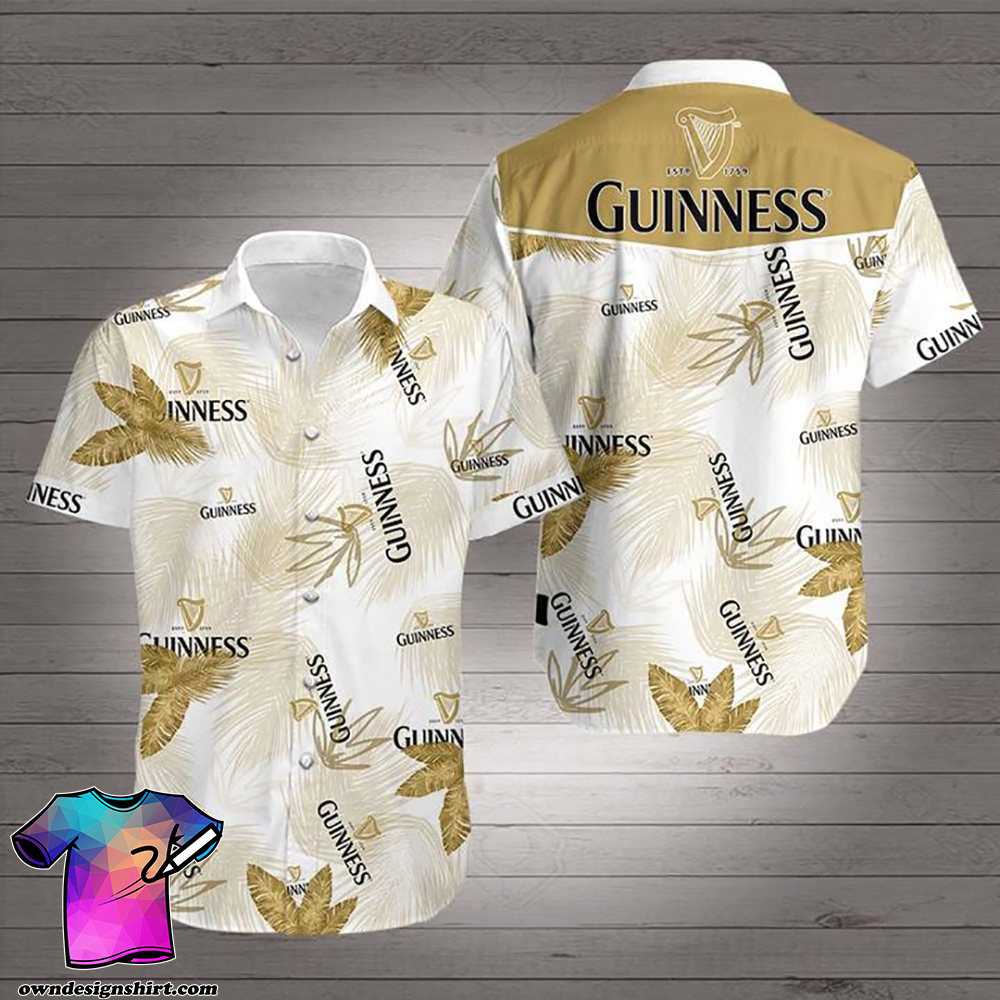
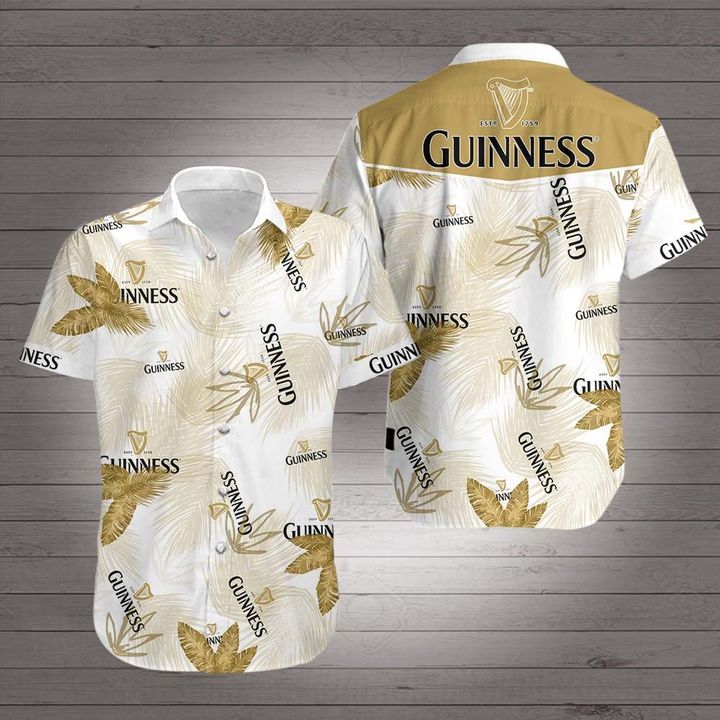
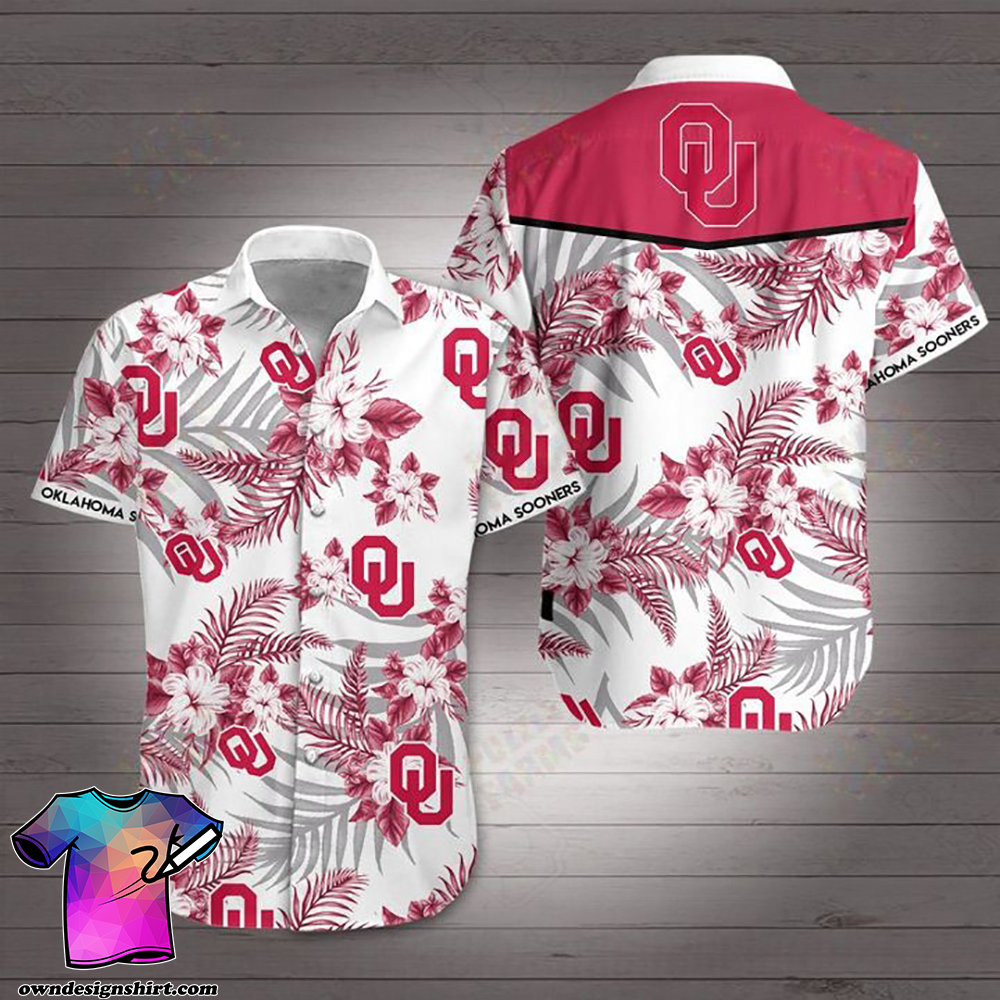
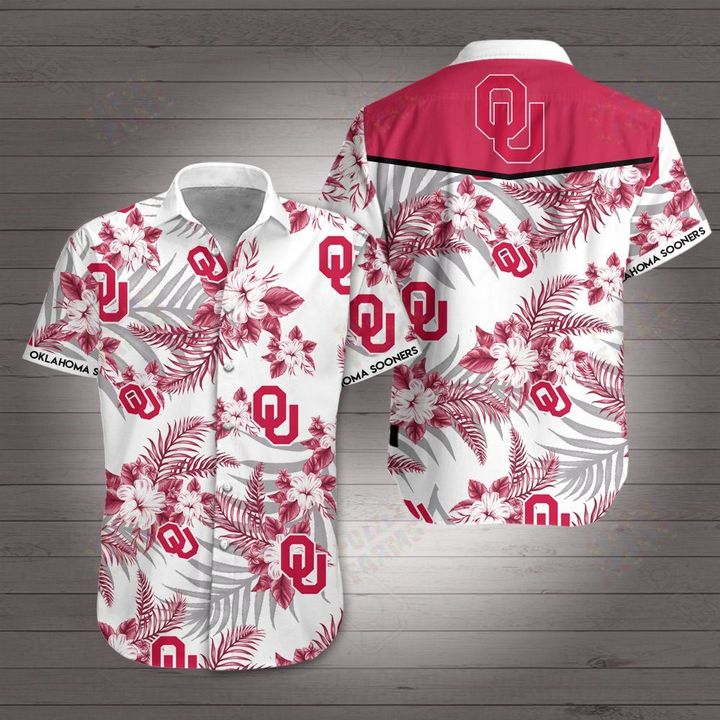

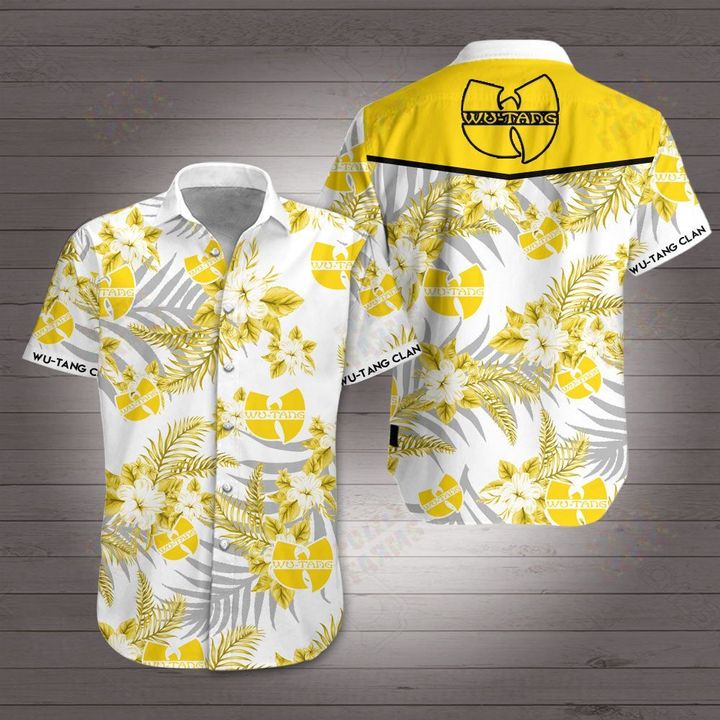
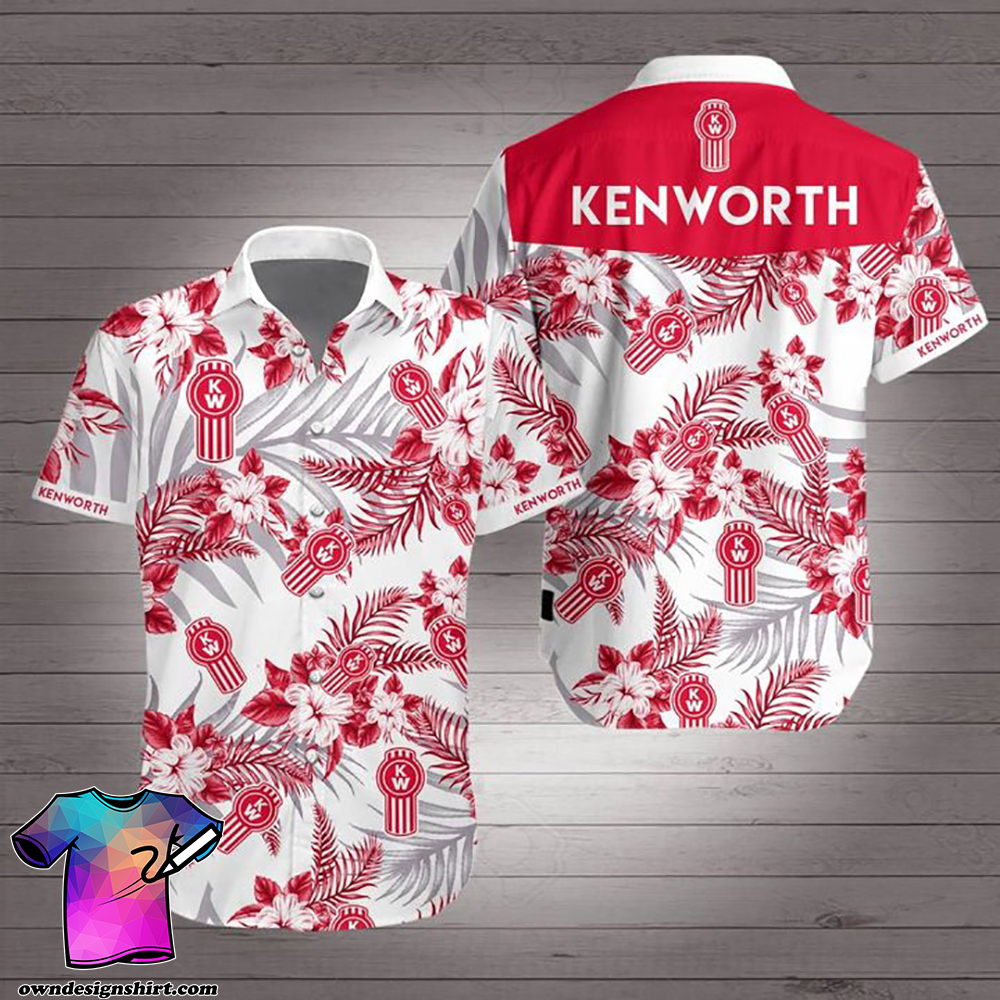
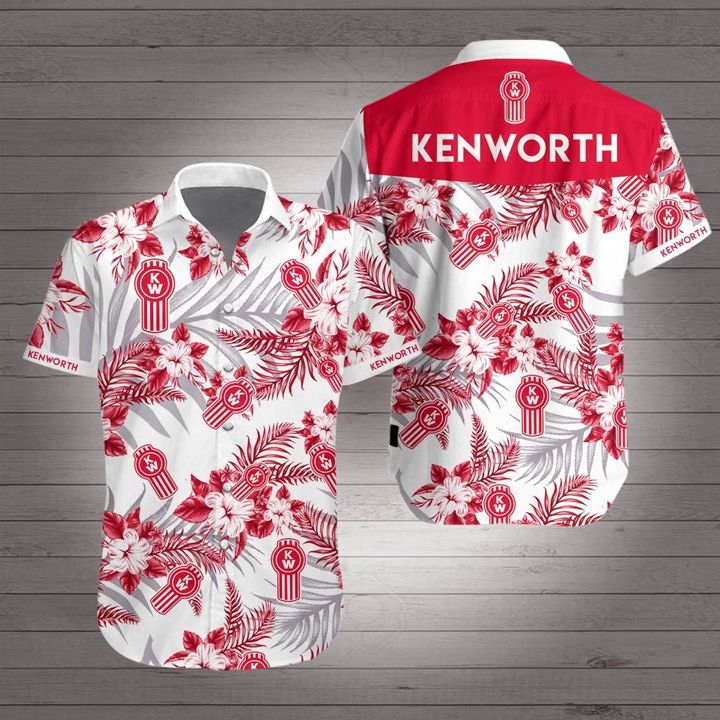

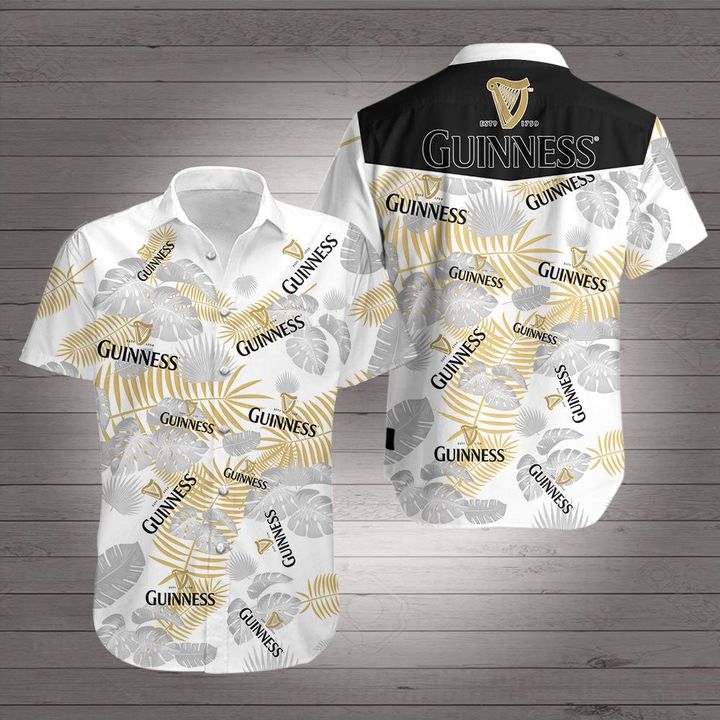
Reviews
There are no reviews yet.